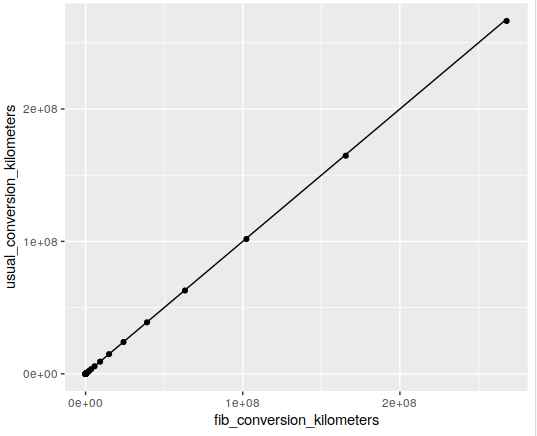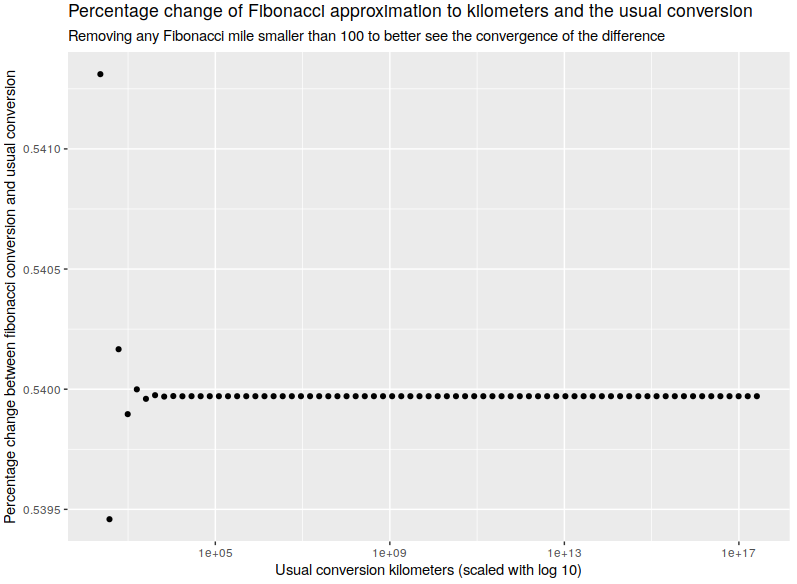Edgy meme: agile bad
NASA: "Yep, we use agile" https://ntrs.nasa.gov/api/citations/20160006387/downloads/20160006387.pdf?attachment=true
Edgy meme: agile bad
NASA: "Yep, we use agile" https://ntrs.nasa.gov/api/citations/20160006387/downloads/20160006387.pdf?attachment=true
Your comparison is interesting, but let's consider some historical facts. The Apollo program, which successfully put humans on the moon, actually employed many principles we now associate with Agile methodologies.
Contrary to popular belief, it wasn't a straightforward Waterfall process. NASA used frequent feedback (akin to daily Scrums), self-organizing teams, stable interfaces so that teams are an independent path to production, and iterative development cycles - core Agile practices. In fact, Mariana Mazzucato's book Mission Economy provides fascinating insights into how the moon landing project incorporated elements remarkably similar to modern Agile approaches. Furthermore, here's a NASA article detailing how Agile practices are used to send a rover to the moon: https://ntrs.nasa.gov/api/citations/20160006387/downloads/20160006387.pdf?attachment=true
While it's true that building rockets isn't identical to software development, the underlying principles of flexibility, collaboration, and rapid iteration proved crucial to the missions' success. Programs like the Apollo program adapted constantly to new challenges, much like Agile teams do today.
Regarding Kanban and Scrum, you're right that they fall under the Agile umbrella. However, each offers unique tools that can be valuable in different contexts, even outside of software.
Perhaps instead of dismissing Agile outright for hardware projects, we could explore how its principles might be adapted to improve complex engineering endeavors. After all, if it helped us reach the moon and, decades later, send rovers to it, it might have more applications than we initially assume.
Masturbation is totally normal and healthy, and you're spot on that it shouldn't be demonized or shamed. In men, it might even reduce the risk of prostate cancer.
At the same time, it's important to have a balanced and psychologically flexible relationship with masturbation and sexuality. As psychologist Steven Hayes, a leading expert on psychological flexibility, explains: getting too fixated on any one activity or coping mechanism, even a healthy one, can lead to psychological inflexibility if it is used to avoid experiencing your life fully (For a thorough explanation of how this works, feel free to check out A Liberated Mind by Steven Hayes). Psychological inflexibility here means getting stuck in rigid behavior patterns to the point that it messes with living a full and meaningful life.
So while I'm totally with you that masturbation is healthy and that bullshit social taboos against it should be rejected, it's also good to be mindful about your motivation behind doing it. Are you doing it because you're escaping pain? Or are you doing it because it aligns with your values and makes your life meaningful? If you rely on masturbation too much and don't have ways of accepting your emotions and connecting with the world, it could potentially tip into unhelpful psychological rigidity and a frustrating life. The key is to be able to experience masturbation while still staying flexible enough to show up fully for the rest of your life too.
It’s about time Instagram enshittifies in a grotesque way, grotesque enough for people to realize it’s shit (because it’s enshittified).
It actually took me a while to realize he was not wearing the clothes of a McDonald's worker.
Out of curiosity, what makes you say so?
Edit: Oh. Did a "Wooosh" happen to me right now? Are you being ironic and referring to the XKCD thing about how to make a secure password using words in phrases?
Just in case OP doesn't know, this whole text comes from someone else. Some people prefer using words other than GNU/Linux.
Ummm... This is a bit grotesque, so if you don't like graphical bodily stuff, maybe skip what follows. Anyway, someone gifted me really expensive and rare cheese recently. By that point, I had been eating less animal products, so I had forgotten my body couldn't really handle dairy...
My friend and I tried it and it was absurdly tasty. We kept on eating, grating, eating, grating... In a single sitting, my friend and I ate the whole thing.
Oh boy, what a mistake. My belly ached. I was bloated. 'Not a problem', I thought, 'tomorrow morning everything will be okay'. My lactase-abundant friend left and I went to sleep.
Middle of the night. I woke up. Nausea. Dizziness. I just had to go go the toilet. I ran. Oh boy, my stomach wasn't happy with me. At all.
I figured I'd wait and see if this ended up being serious. It could be temporary. Except, I had to go to the toilet again, and again, and again.
"OK, snek_boi, you need electrolytes. You won't die from lactose intolerance-induced dehydration. I refuse". So I went to the store, got the electrolytes, and chugged them as I came back. Alright. Time to sleep, again.
I managed to sleep, except when I woke up I still felt nauseous. I went to the bathroom. This time, (TRIGGER WARNING, GROTESQUE) I was pooping radioactive water. It was bright yellow, almost like Powerade or Gatorade or something like that. Wtf.
I took out my phone to see if I should go to the hospital. Turns out, if you eat too much cheese, it goes through a whole process as your body tries to decompose it. The very last step is pooping bile, which is secreted in an attempt to digest the fat in cheese.
Knowing about that whole 'cheese digestion process', I guessed I wouldn't die anytime soon. I just sat on the toilet, drinking my electrolyte solution, contemplating, contemplating my poor decisions, contemplating the wondrous complexity of chemistry and biology, contemplating the fragility of human life and good gut health.
TL;DR: Too much cheese can mess you up.
I think the way to formally prove this is to find the difference between the Fibonacci approximation and the usual conversion, and then to find whether that series is convergent or not. Someone who has taken the appropriate pre-calculus or calculus course could actually carry it out :P
However, I got curious about graphing it for distances "small enough" like from Earth to the sun (150 million km). Turns out, there's always an error, but the error doesn't seem to be growing. In other words, except for the first few terms, the Fibonacci approximation works!
This graph grabs each "Fibonacci mile" and converts it to kilometers either with the usual conversion or the Fibonacci-approximation conversion. I also plotted a straight line to see if the points deviated.

Edit: Here's another graph

So it turns out:
TL;DR:
Not me, but the first time my boyfriend traveled with my family somewhere, he could not believe that sitting quietly in a living room reading was a thing. My family didn't feel the need to fill our day to the brim with tours or shopping or other activities. And that was shocking to him.
I MISSED THE EQUIVALENT OF PLACE IN LEMMY? Does anyone have context?